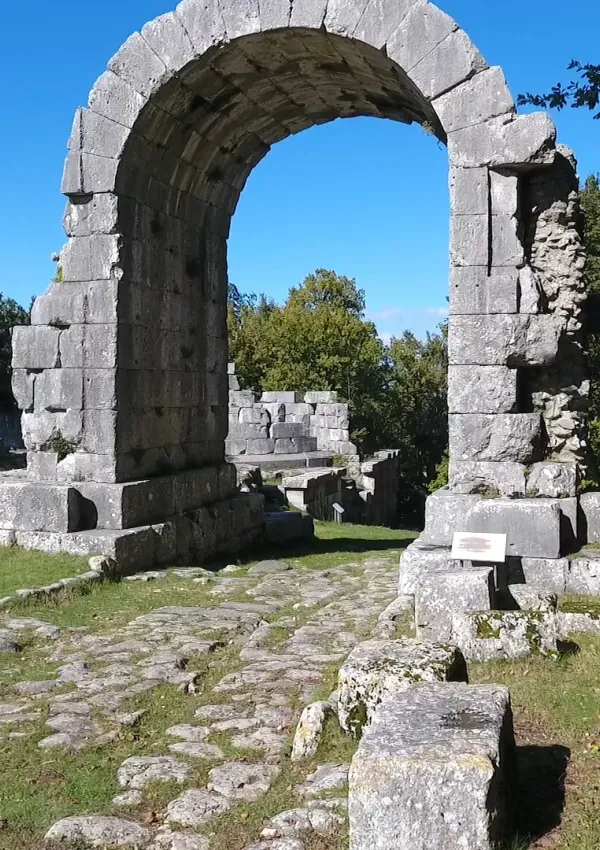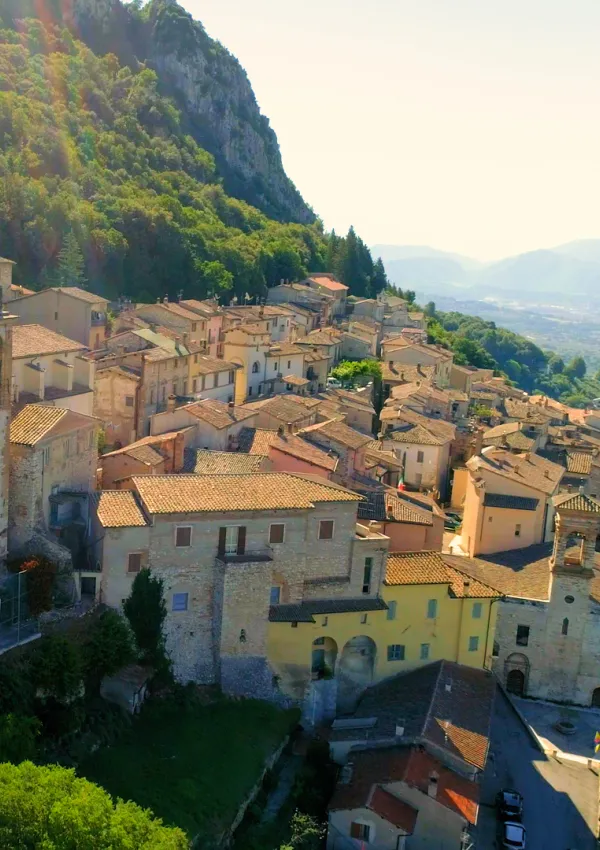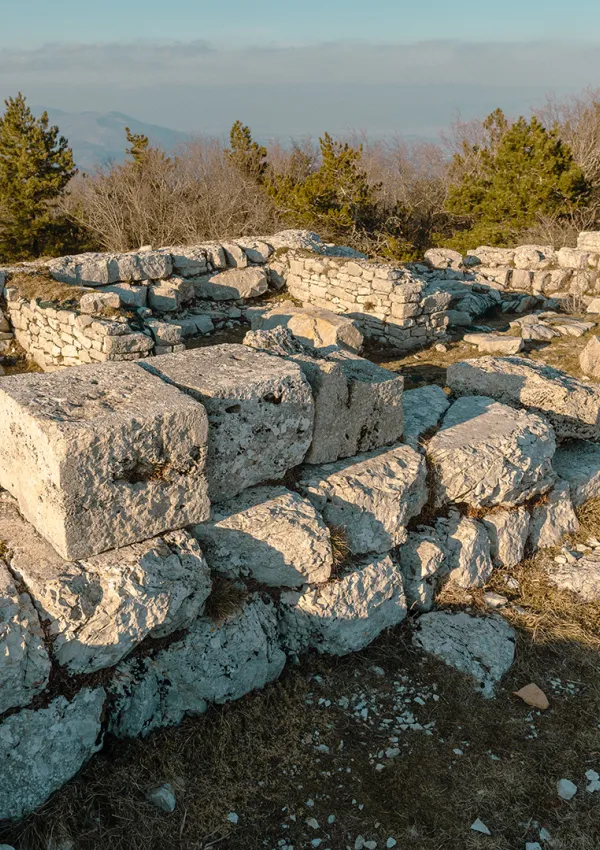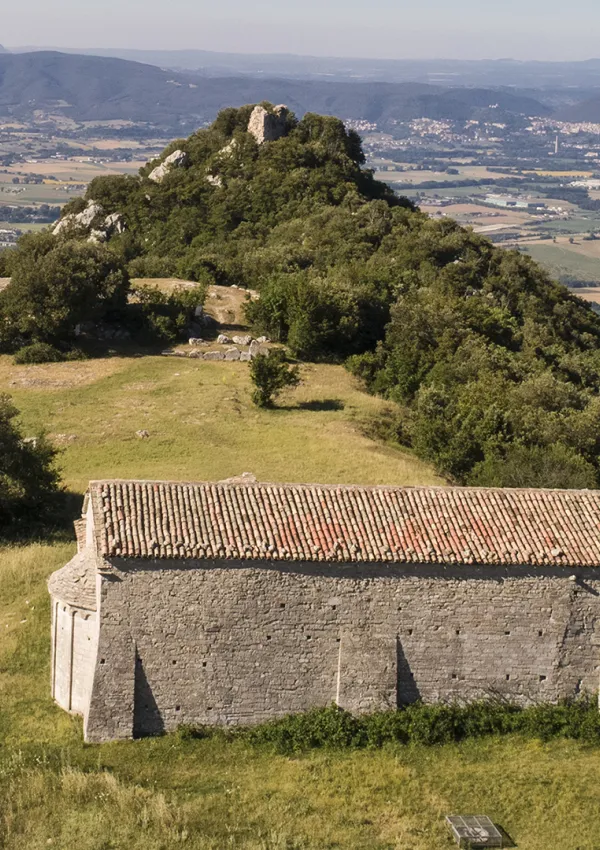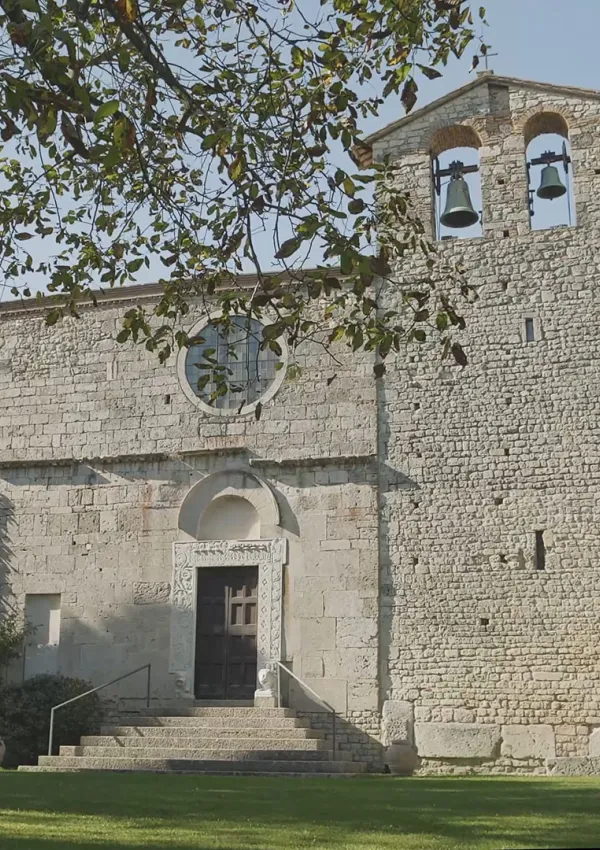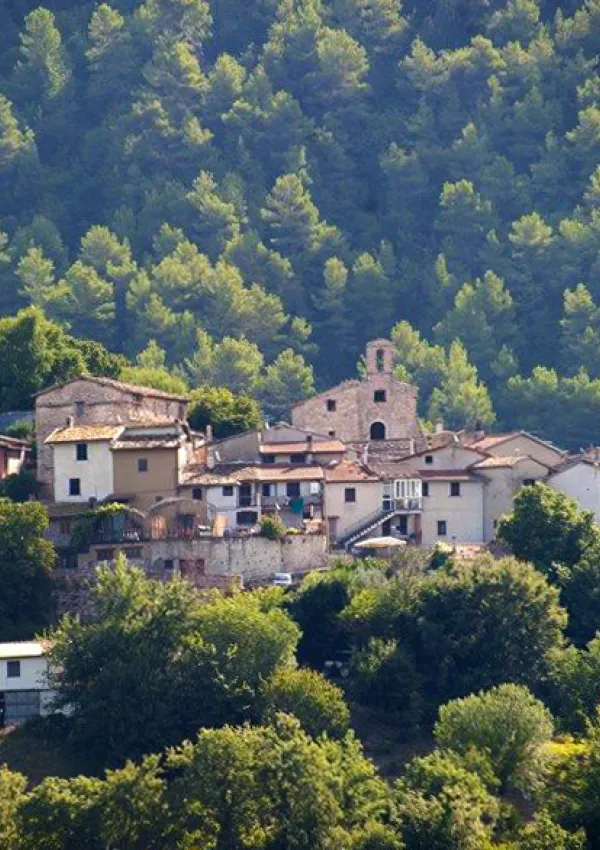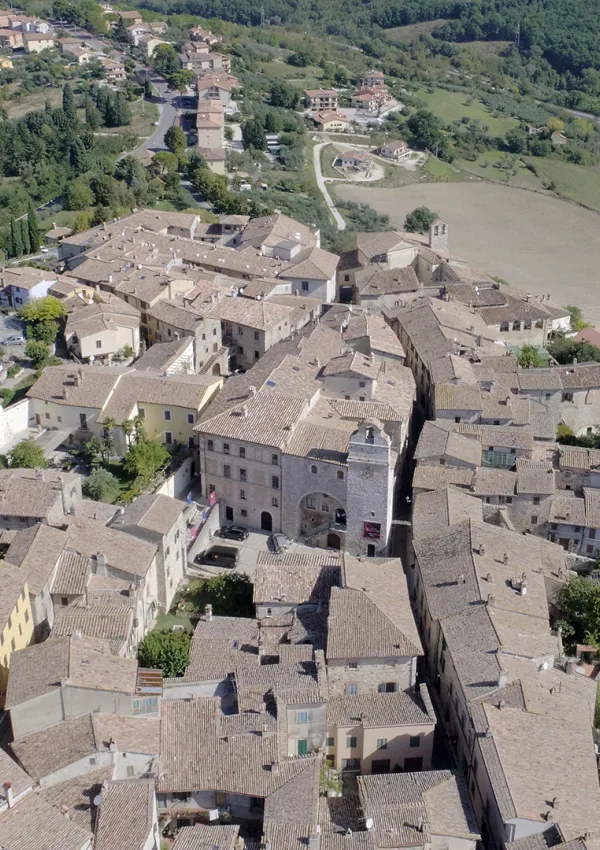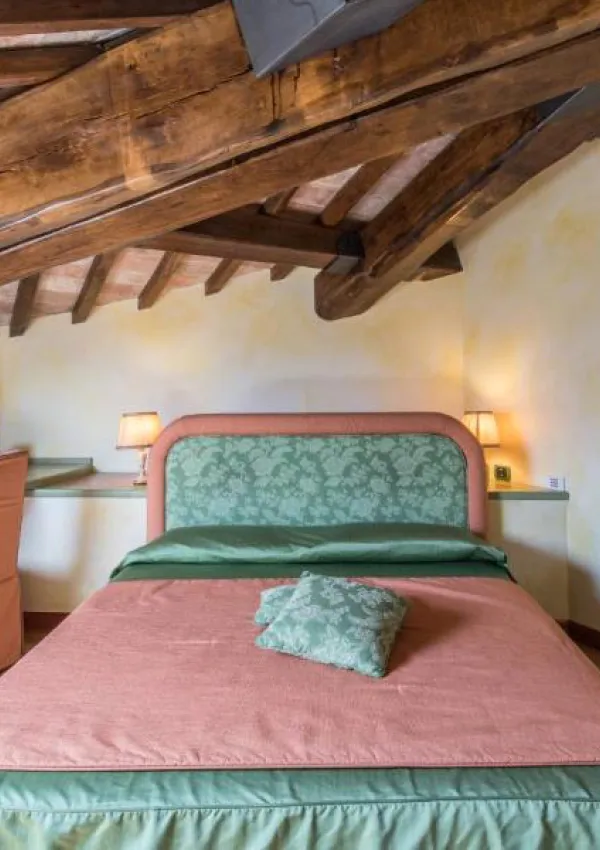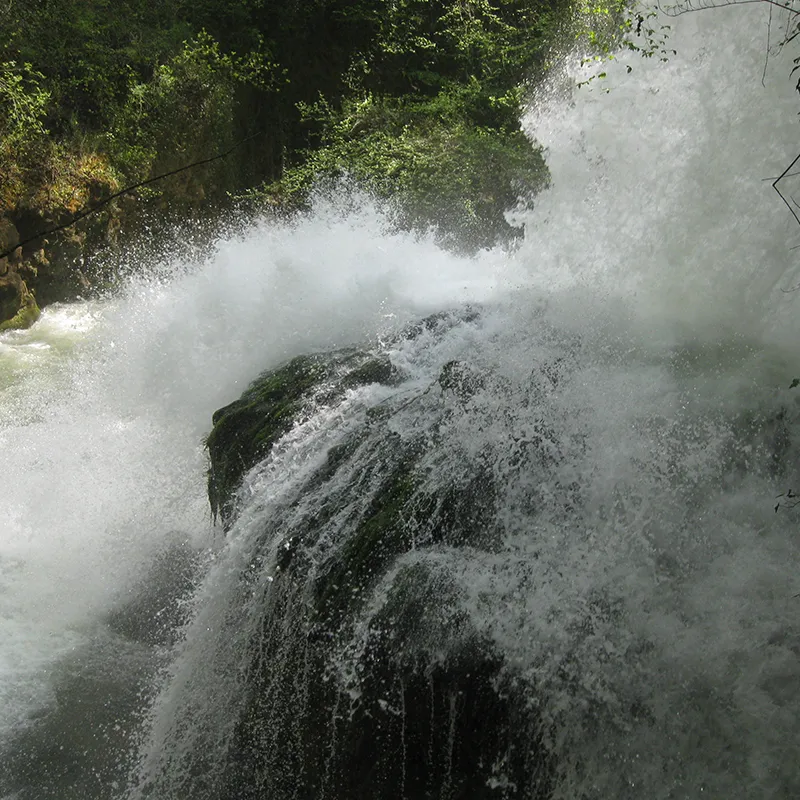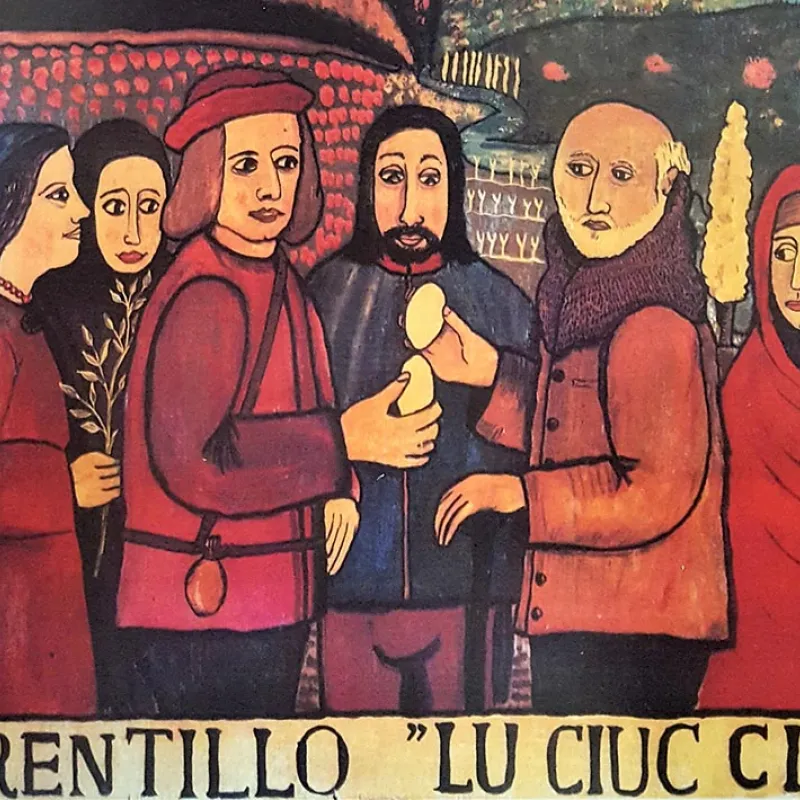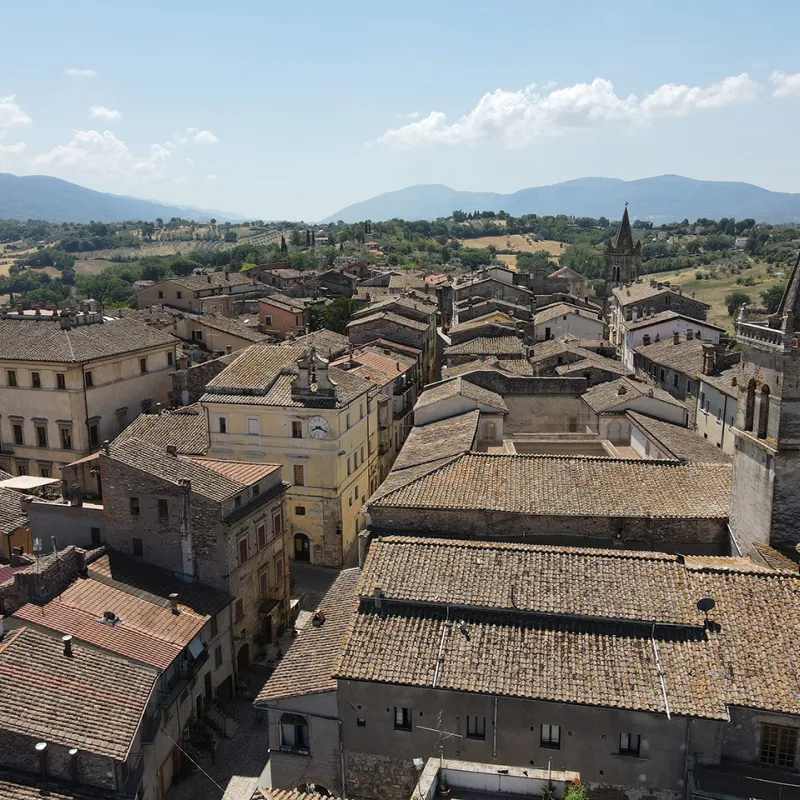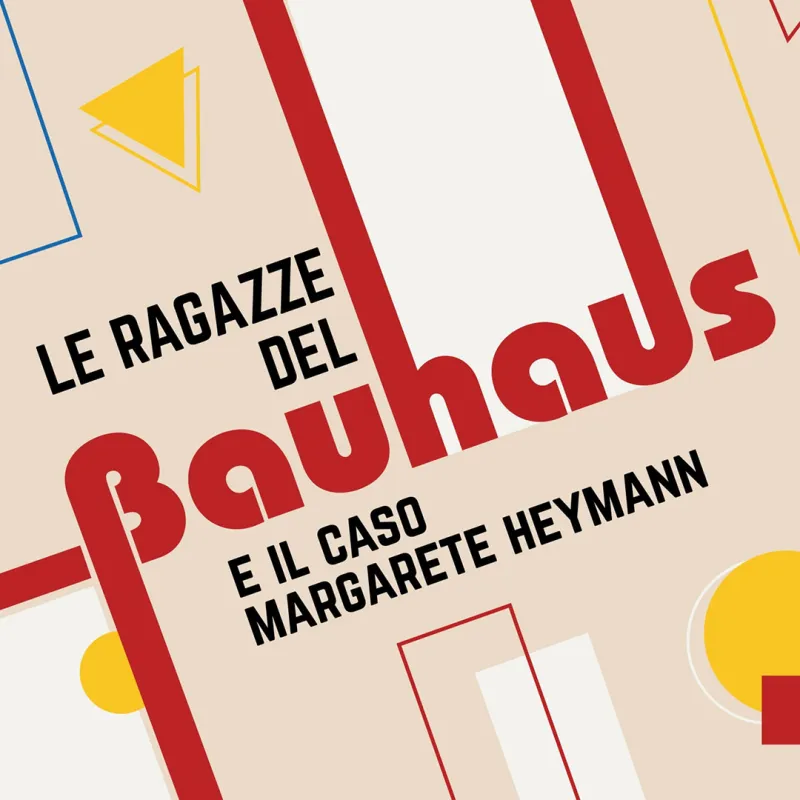Acquasparta
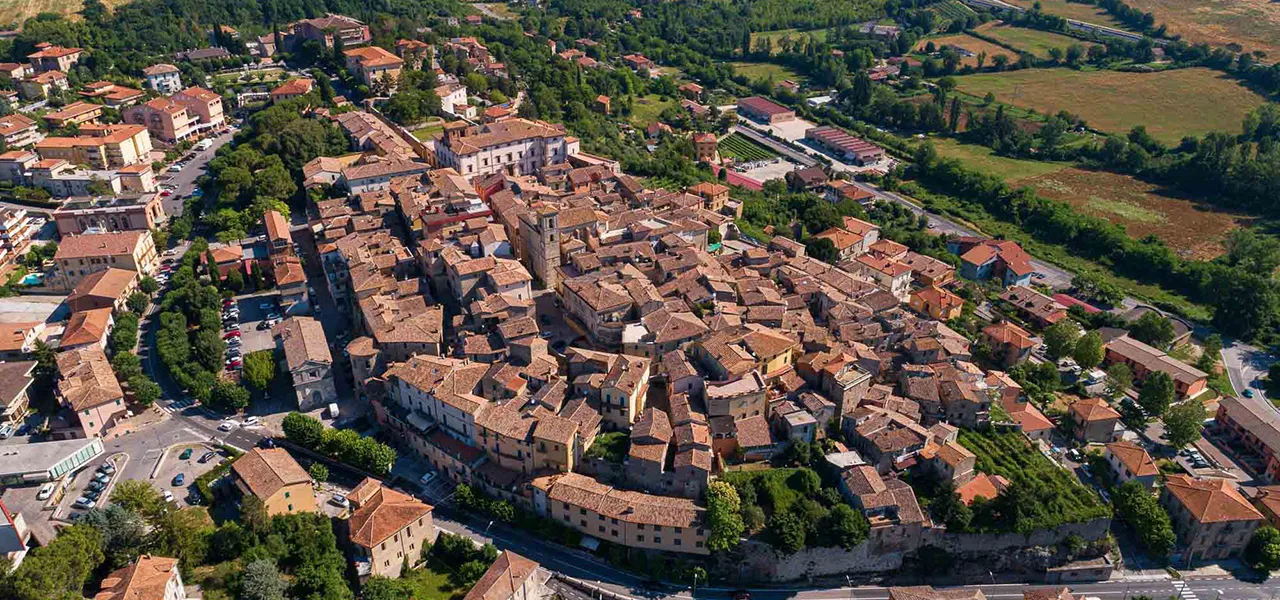
In the Middle Ages, Acquasparta was an important castle in the Arnolfe lands and for a long time remained under the jurisdiction of Todi. The prelude to a phase of extraordinary importance for the history of Acquasparta was the passage of the village, in the second half of the 16th century, from church possession to a dukedom of the Cesi family. First of all, this event led to a renewal and redesign of the part of the village where the Cesis had the majestic palace built in 1564, which bears the name of the illustrious family and where they resided. This nucleus of Renaissance style developed around the ancient mediaeval layout characterized by narrow streets and alleyways.
But above all, with the Cesis, Acquasparta enjoyed an exceptional cultural and artistic fervour which lent it prestige and notoriety. The main author of this birth of fruitful cultural climate was Duke Federico Cesi, an enlightened naturalist scholar. In his studies and research he adopted the experimental and scientific method, which he set out to help spread by founding the Lincean Academy (1603). The Cesi palace became the seat of what was the first scientific academy, which included famous scientists such as Galileo Galilei. Galilei was a friend of Federico Cesi and spent a period in the ducal palace as a guest of the noble family in 1624.
Certainly Acquasparta is not without other notable monuments, such as the numerous churches that preserve precious pictorial works. Outside the historical centre lies St. Francis Church (13th century), the church of the “Crucifix or Saint Mary of the Lily” built in the 14th century but remodelled at the beginning of the 17th century, among the paintings is a representation of the “Madonna of the Lily” (14th century).
The church of the same name is dedicated to Saint Cecilia, protector of Acquasparta. Dating back to the 15th century, it was transformed between the 17th and 18th centuries. The interior is full of works of art, dated between the 16th and 18th centuries, among which is “Saint Cecilia between the Saints Valerian and Tiburzio” (18th century). In the church of the Sacrament (17th century) a Roman mosaic floor coming from nearby Carsulae can be admired.
